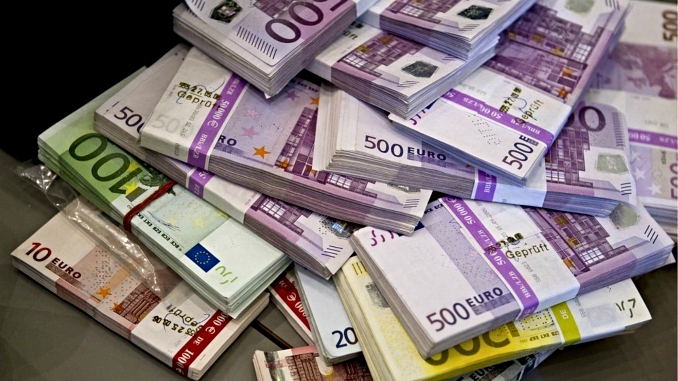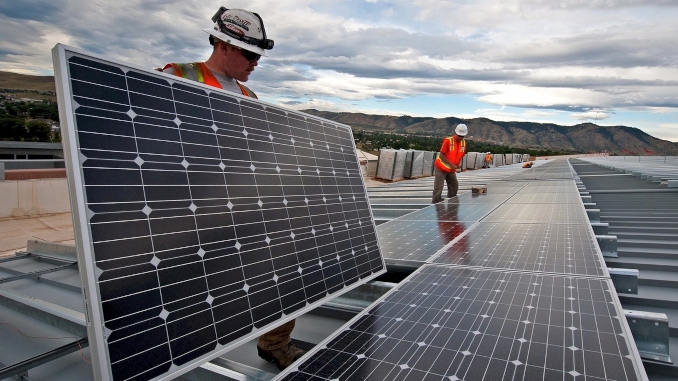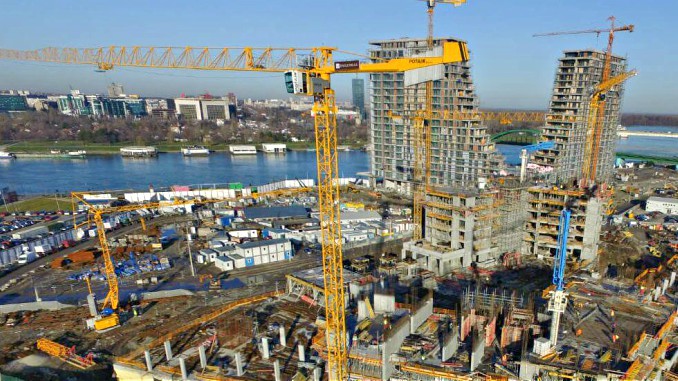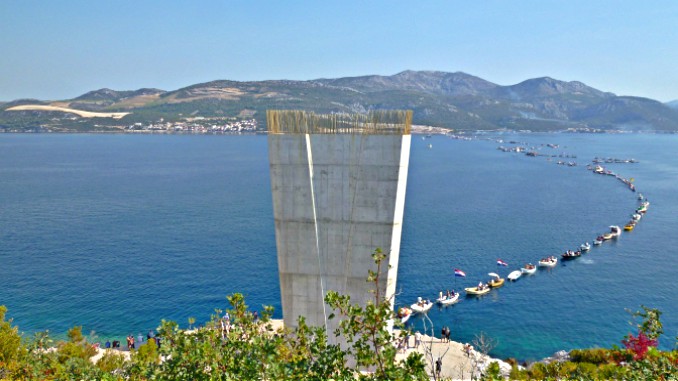EC Lowers Croatia 2017 GDP Growth Forecast on Agrokor Crisis
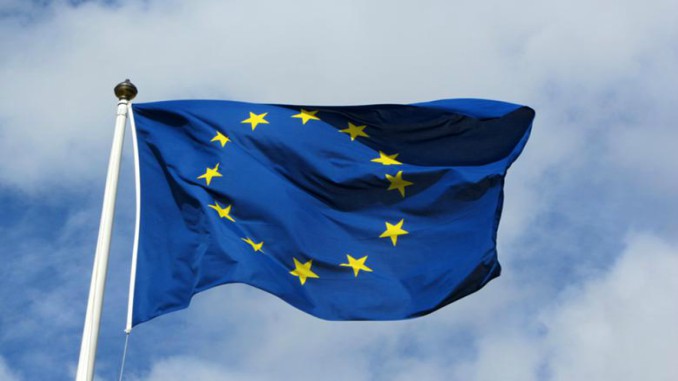
The European Commission said on Thursday it has lowered its outlook on Croatia’s economic growth this year to 2.9% from 3.1%, on the back of financial troubles facing the country’s largest private company, Agrokor.
Disruptions experienced in the first part of the year due to the crisis in Agrokor may hold back consumption, investments and confidence but the positive trends registered in 2016 are nevertheless set to continue, the European Commission said in its Spring 2017 Economic Forecast.
“The personal income tax reform, coupled with further gains in employment and real wages, should sustain the acceleration of private consumption. After a solid rebound already last year, investment is expected to continue rising”, the Commission said.
It noted that Croatian firms are expected to further improve their export market shares, with exports of goods expanding above 6%.
“As the tourist season appears to progressively extend beyond the traditional summer months and investment in the sector intensifies, exports of services are also expected to remain strong, although short of the record growth rates registered over the last two years”, the Commission added.
Croatia’s overall current account surplus is expected to increase to 2.9% of the GDP on the back of reduced repatriated earnings in the banking sector, due to the ongoing provisioning and possible write-offs of irrecoverable loans related to the Agrokor crisis.
The European Commission predicts that Croatia’s economic growth rate will fall to 2.6% in 2018 due to slowing export growth and decelerated private consumption. Fixed capital formation, however, is expected to grow underpinned by strong public sector investment.
In terms of the country’s budget, the Commission predicts that Croatia will end 2017 with a higher headline deficit, equivalent to 1.1% of GDP, mostly due to the impact of the tax reform.
The debt-to-GDP ratio, which is estimated to have shrunk in 2016 (from 86.7% to 84.2%), is expected to fall further to 81.9% in 2017 and 79.4% a year later.
Croatia ended 2016 with a GDP growth rate of 2.9%, up from 1.6% a year earlier.
Source; SeeNews


